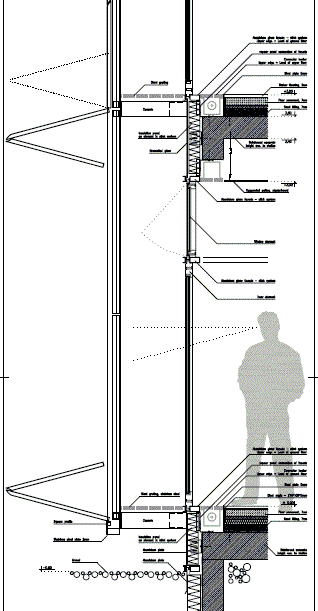

what is the tension in each leg and what is the horizontal pull of each leg.

I know the weight of a load and when lifted I can measure the angles of each of the two slings to the horizontal. I would appreciate anyone looking at this to tell me my logic is right / wrong? seems to work though. I played with my rigging problem some more and took a different tact. RE: Excel to solve rigging problem IRstuff (Aerospace) 7 Sep 08 23:46 How many kids does grade 5 need and how many kids does grade 6 need to exactly equal the pull of the grade 8's. Grade 5 can only pull at 56 degrees, grade 6 can only pull at 33 degrees.(from the pull of the grade 8 line) Each grade has its own rope tied at a common spot. To me the problem is fundamentally the math behind a common tug-of war type of problem.Ģ0 kids from grade 8 have challenged kids from grade 5 and 6. However the configuration is just a sample and I would like to make a spreadsheet that would easily resolve future lifts/ issues. The total load is estimated to be 40 Tonnes. That beam is then raised by 2 hydraulic posts. There is an identical sling set 4 feet in from the first. My sketch shows only half of the rigging and connects to an I beam. It has a much heavier mass on one side and the lifting eyes are not on a horizontal plane. The load is in equilibrium and the sling angles are those measured while hanging. RE: Excel to solve rigging problem electricpete (Electrical) 7 Sep 08 20:41

I was under the impression that one could split a force into component forces if. But this becomes a refinement after the initial formulas have been proven to work.Īm I making some assumptions that will not work. might have to consider the vertical input as well. Will have to play with this some to prove it out though. If horizontal distance between lift points is known one can should be able to calculate the point at which the crane should be. Ratio of horizontal forces should represent the center of gravity. Now, having determined the tension (pull /weight)in each leg I can use the same process (sum of vectors ?)to determine the horizontal and vertical forces.Ĭell A9 calculation of vertical angle cell 90-cell A2Ĭell A10 value of Cell A2 (horizontal angle)Ĭell A20 calculation. I was kind of hoping for something as simple asĬell A2 input angle of sling 1 (from horizontal)Ĭell A3 input angle of sling 2 (from horizontal)Ĭell A5 calculation showing tension in sling 1Ĭell A6 calculation showing tension in sling 2 RE: Excel to solve rigging problem Ralph2 (Industrial) Note - Please double-check my results for yourself to make sure I have not made an error.Įng-tips forums: The best place on the web for engineering discussions.
#Rigging engineering calculations pdf how to#
Is the remaining question concerned with how to derive these two equations or how to solve them? We have two equations (EQ1 and EQ2) in 2 unknowns (T1 and T2). Total Horizontal force = 0 = Rightward - Leftward Leftward force from sling2: T2*cos(theta2) from sling2 Righttward force from sling1: T1*cos(theta1) from sling1 Total Vertical force = 0 = Upward - Downward Upward force from sling2: T2*sin(theta2) from sling2 Upward force from sling 1: T1*sin(theta1) from sling1 Theta2 = 57 deg = angle sling2 from horizontal Theta1 = 34 deg = angle sling1 from horizontal Let me start again using different symbols in terms of angles from horizontal (perhaps that makes it easier?).
#Rigging engineering calculations pdf free#
Under those assumptions, result should be as I have given above.Ĭan you try drawing a free body diagrams showin all the forces acting on the lifted piece? As condition of equilibrium, the total horizontal and vertical forces sum to 0. So put the following into the above equationsĪlso, I assume there are two individual slings are individually attached to the "hook" (or whatever the point of attachment at the top), rather than a single sling allowed to slide through the hook. Your angles are angles from the horizontal.


 0 kommentar(er)
0 kommentar(er)
